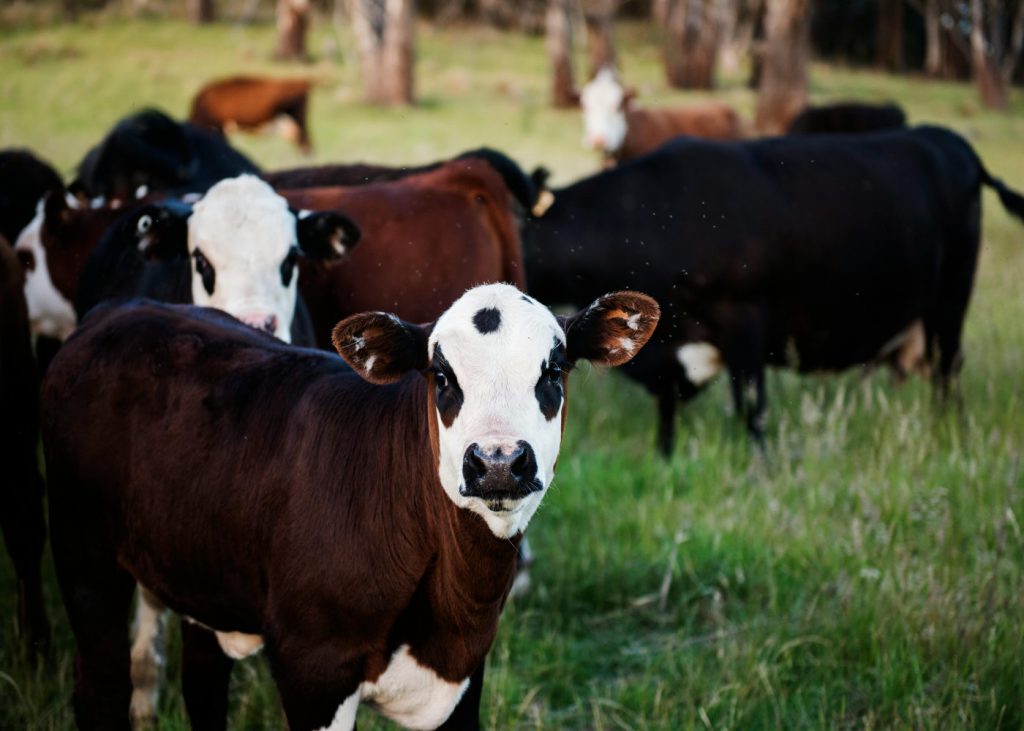As you step into 2024, it’s crucial to monitor the health of your livestock, as it directly impacts your productivity and profitability. The wellbeing of your animals depends on your ability to take proactive measures and act quickly when issues arise. By tackling common health challenges, you not only protect your livestock but also boost the efficiency of your farming operations. Today, we will explore the top health concerns you should be aware of this year and discuss practical steps to address them together.

Respiratory Diseases
Respiratory diseases pose a significant threat to livestock, especially in crowded or poorly ventilated environments. Such conditions can lead to bacterial and viral infections, which often spread rapidly. Common symptoms include coughing, nasal discharge, and labored breathing. Preventing these diseases involves maintaining clean and well-ventilated housing, reducing stress, and ensuring proper nutrition. Vaccination programs tailored to specific pathogens can also play a crucial role in disease prevention.
Parasitic Infections
Parasitic infections, both internal and external, are another major concern for livestock health. Internal parasites like worms can cause weight loss, diarrhea, and reduced productivity. External parasites, such as ticks and lice, can lead to skin irritations and secondary infections. Effective parasite control strategies include regular deworming, maintaining clean pastures, and employing integrated pest management techniques. Additionally, rotating grazing areas can help break the life cycles of many parasites, reducing their impact on the herd.
Nutritional Deficiencies
Nutritional deficiencies can severely affect the growth, reproduction, and overall health of livestock. Common deficiencies include lack of essential vitamins, minerals, and proteins. Symptoms vary but often include poor weight gain, weakened immune response, and reproductive issues. Ensuring a balanced diet, tailored to the specific nutritional needs of the livestock, is paramount.
Supplementing feed with vitamins and minerals, especially during periods of increased demand like pregnancy or lactation, can prevent these deficiencies. Recently, while managing a small herd, I realized how crucial quality nutritional supplements are. When I started using a product from Bio-Vet, I noticed a significant improvement in the animals’ overall health and immunity. It was a valuable lesson in the importance of good nutrition for livestock.
Foot and Hoof Problems
Foot and hoof problems, such as lameness, foot rot, and abscesses, can significantly impact livestock mobility and welfare. These issues are often caused by poor management practices, including inadequate hygiene and prolonged exposure to wet and muddy conditions. Regular hoof trimming and inspections, along with providing dry and clean living environments, are crucial preventive measures. Using appropriate footbaths and maintaining proper nutrition also help keep hooves healthy.
Reproductive Disorders
Reproductive disorders can lead to reduced fertility rates and increased calving or lambing difficulties. These issues can be caused by infections, poor nutrition, or genetic factors. Effective reproductive management practices are essential to prevent these disorders. Routine veterinary check-ups, maintaining optimal body condition, and providing adequate prenatal care are important steps. Implementing breeding programs that avoid inbreeding and selecting for genetically resilient traits can also improve reproductive health.
Biosecurity Measures
Implementing robust biosecurity measures is vital to prevent the introduction and spread of infectious diseases. This includes controlling the movement of animals, people, and equipment on and off the farm. Quarantining new or sick animals, practicing good hygiene, and ensuring proper sanitation of facilities are key components. Regular monitoring and reporting of any unusual symptoms or disease outbreaks enable prompt action and containment. Effective biosecurity reduces the risk of disease transmission and helps maintain a healthy livestock population.
Conclusion
Maintaining the health of livestock is an ongoing process that requires vigilance and proactive measures. Understanding and addressing common health issues, such as respiratory diseases, parasitic infections, nutritional deficiencies, foot and hoof problems, and reproductive disorders, is essential. Employing effective biosecurity measures further protects the herd from potential outbreaks. By implementing these strategies, farmers and ranchers can ensure the wellbeing of their livestock, leading to more sustainable and productive farming operations.
